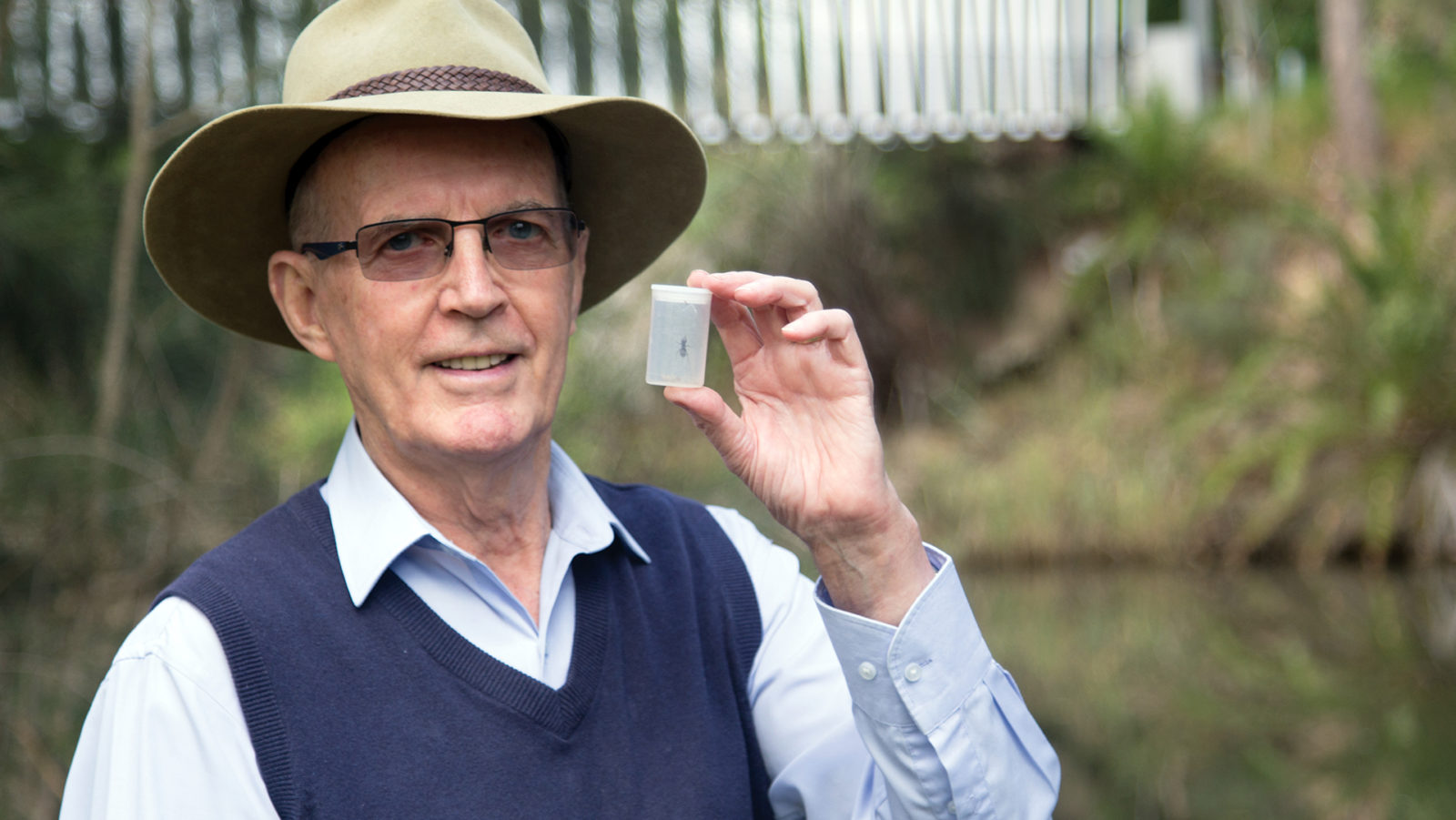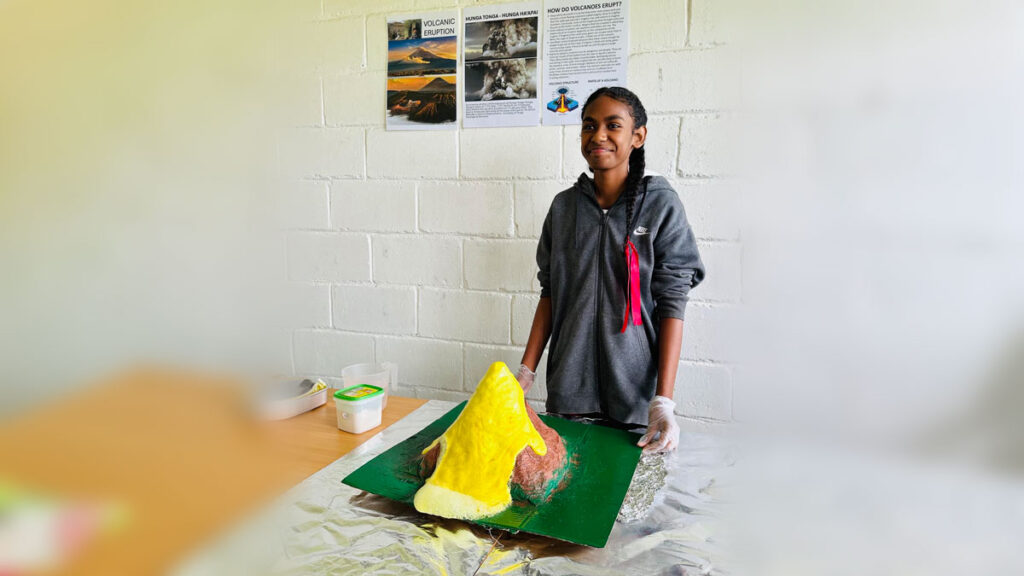A 10-year study at Avondale College of Higher Education will help others measure the impact of climate change and urbanisation on fauna in Lake Macquarie’s largest catchment.
Denizens of the Dora (Avondale Academic Press, 2018) is an inventory of beasts, birds and bugs in the 230-square-kilometre Dora Creek catchment. It documents about 1600 species that Drs Terry Annable, Howard Fisher, Maurice Ashton and Jason Morton either personally observed or located valid records of observations by others. Original colour photographs illustrate 56 vertebrate and 131 invertebrate species.
This “significant advance” in knowledge of the catchment’s animal life has identified many smaller invertebrates not yet scientifically described, which is important when considering Australia’s high extinction rates, says Dr Annable, a biologist and former senior lecturer in the School of Science and Mathematics at Avondale.
The inventory lists more than 500 vertebrates including mammals, birds, reptiles, amphibians and fish and more than 1000 invertebrates including arthropods, worms, molluscs and other species representing 12 different phyla. Some have never been recorded in the catchment before. The iridescent blue Ulysses butterfly, for example, normally found north of Mackay in Queensland, appears to be moving south. “I’ve recorded it for several seasons now,” says Dr Annable. “I didn’t think it would survive the sharp frosts last winter, but it has.”
Denizens of the Dora is not only a reference tool for scientists and naturalists but also as a basis for assessing the impact on the environment of changes in climate and of expanding human activities. The latter is having a major impact on our wildlife, says Dr Annable. He adds, though, that the impact of change can be good and bad. “The drought last year reduced significantly the number of forest leeches and mosquitoes, which is good news for us but bad news for the fish, birds and spiders that feed on them.” [pullquote]
Dr Annable hopes the book will help facilitate the protection of rare species, the reintroduction of species eliminated in the past and pest minimisation.
Dr Fisher credits publication of Denizens to a “convenient coming together”. A biologist and a former colleague of Dr Annable’s who served as chair of the now defunct Dora Creek Catchment Group, he and Dr Annable co-authored an earlier companion volume, The Valley of a Thousand Plants, “partly to satisfy my interest and partly to satisfy the objectives of the catchment group.” The floral inventory combined Dr Annable’s long-time interest with the objectives of the catchment group. Drs Annable and Fisher received grants from the Australian Plants Society (Newcastle Group) and the Dora Creek Catchment Group for the book, which the Discipline of Science published in 2014.
Of the contributions to Denizens of the two other academics, Dr Ashton’s knowledge of the bird fauna and his photographs enhanced the inventory, while Dr Morton, a marine biologist, added his knowledge of the local fish and his underwater photographs.
The Dora Creek catchment is the largest feeder into Lake Macquarie. It extends from Heaton Lookout in the north to Mount Yambo in the south, and from The Pines picnic area in the west to the mouth of the Dora Creek estuary in the east. Containing about 50 ecological communities, the catchment has a high biodiversity. Much of the catchment is, according to Dr Fisher, classified as relatively unmodified natural vegetation, which is significant given its proximity to the cities of Lake Macquarie and to Newcastle.
“It’s not quite a biodiversity hotspot but we’re getting close,” says Dr Annable. “So, conservation of our local habitats is extremely important.”
Denizens of the Dora is available from Amazon.






